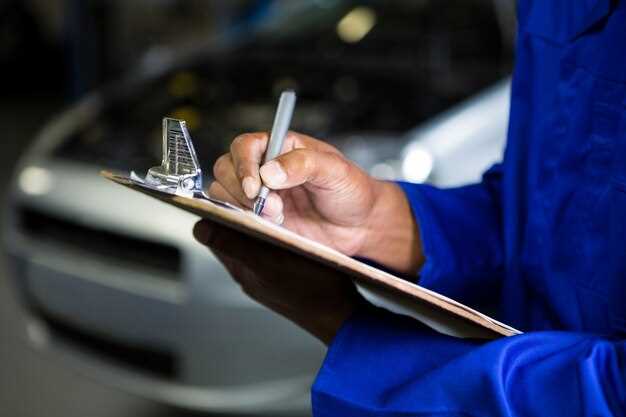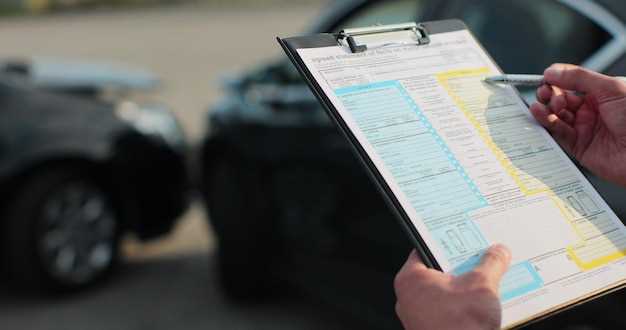Checklist for Monthly Vehicle Maintenance

As a responsible car owner, ensuring the longevity and safety of your vehicle is paramount. Regular maintenance not only enhances performance but also minimizes the risk of unexpected breakdowns. A comprehensive checklist is essential for effective vehicle upkeep, allowing you to stay organized and proactive in addressing potential issues.
This article provides a detailed monthly vehicle maintenance checklist that covers all crucial aspects of your car. From checking fluid levels to inspecting tires, each task plays a significant role in maintaining your vehicle’s health. By following this checklist, you can catch minor problems before they escalate into costly repairs, ensuring a smoother and safer driving experience.
Incorporating these routine maintenance tasks into your schedule can save you time and money in the long run. Furthermore, a well-maintained vehicle is not only reliable but also holds its value over time. Let’s delve into the essential components of your monthly vehicle maintenance checklist, equipping you with the knowledge needed to keep your car in optimal condition.
Inspecting Fluid Levels and Their Importance
Regularly inspecting fluid levels is crucial for maintaining the overall health of your vehicle. Various fluids play vital roles in the operation of different systems within the car, and ensuring they are at appropriate levels can prevent significant issues down the line.
Engine oil is essential for lubrication and reducing friction between moving parts. Low oil levels can result in engine wear and even failure. Checking the oil level regularly allows for timely oil changes and ensures that your engine remains lubricated.
Coolant is another critical fluid that helps regulate engine temperature. Insufficient coolant can lead to overheating, which may cause severe engine damage. Regularly checking the coolant level and topping it off as needed helps to maintain optimal engine performance.
Transmission fluid is vital for the smooth operation of the transmission system. It facilitates gear shifting and helps prevent wear on transmission components. Low transmission fluid levels can lead to hard shifting and long-term damage, making inspections a necessary maintenance task.
Brake fluid is crucial for the safe operation of your vehicle’s braking system. Insufficient brake fluid can lead to reduced braking efficiency and increased stopping distances. Regularly checking and maintaining proper brake fluid levels ensures that your vehicle can stop effectively.
Power steering fluid allows for smooth steering operation. Low levels can result in difficulty steering and increased strain on the steering pump. Regular checks and topping off this fluid are vital for a comfortable driving experience.
Finally, windshield washer fluid provides visibility during adverse weather conditions. Keeping this fluid at appropriate levels ensures that drivers can maintain clear sight lines while on the road, enhancing overall safety.
In summary, routine inspections of fluid levels directly contribute to the health of your vehicle. By ensuring that all necessary fluids are maintained, car owners can prevent potential failures, enhance performance, and ensure a safe driving experience.
Checking Tire Condition and Pressure Regularly

Regularly inspecting the condition and pressure of your vehicle’s tires is essential for maintaining its overall health. Properly inflated and well-maintained tires ensure optimal performance, enhance fuel efficiency, and improve safety on the road.
Start by checking the tire pressure at least once a month. Use a reliable tire pressure gauge to measure the air pressure when the tires are cold. Compare the reading to the manufacturer’s recommended pressure, typically found on a label inside the driver’s door or in the vehicle’s owner manual. Maintaining the correct pressure reduces tire wear and helps prevent blowouts.
In addition to pressure checks, visually inspect the tires for signs of wear or damage. Look for uneven tread wear, cracks, bulges, or embedded objects. The tread depth should be sufficient to provide traction, especially in wet conditions. Consider using the penny test: insert a penny into the tread; if you can see the top of Lincoln’s head, it’s time to replace the tire.
Finally, rotate your tires according to the manufacturer’s recommendations. This helps ensure even wear across all tires and prolongs their lifespan. Remember, keeping an eye on tire condition and pressure is a key aspect of your vehicle’s health and can save you money in the long run.
Evaluating Brake System Performance and Wear

Regular maintenance of your vehicle’s brake system is crucial for ensuring both safety and optimal health. The braking system is an essential component that directly affects your ability to stop effectively and control the vehicle.
Begin by inspecting the brake pads for wear. Worn brake pads can lead to decreased braking efficiency and increased stopping distances. If you notice that the pads are less than ¼ inch thick, it is time for replacement. Additionally, listen for any unusual sounds, such as squeaking or grinding, which may indicate that the pads are worn out or that there is an issue with the rotors.
Next, examine the brake fluid level in the reservoir. Brake fluid is vital for the hydraulic system to function properly. If the fluid is low, it can compromise braking effectiveness. Furthermore, if the fluid is dark or contaminated, it should be flushed and replaced to ensure optimal performance.
Check the condition of the rotors as well. Warped or damaged rotors can lead to vibrations when braking and can affect overall vehicle handling. Regularly inspecting for scoring and thickness can help you identify when it’s time to resurface or replace the rotors.
Lastly, assess the brake lines and hoses for any signs of leaks or deterioration. Damaged brake lines can lead to a loss of pressure in the braking system, which can be extremely dangerous. Replace any cracked or frayed hoses immediately to maintain the vehicle’s health.
By systematically evaluating the brake system’s components, car owners can ensure their vehicle remains safe and reliable on the road.

